Have you ever glanced at a logo and felt it practically jumped off the page? That’s no accident; designers are engineering that 3D “pop” on purpose. After years of flat, ultra-minimal logos dominating screens and print, 2025 is ushering in a new wave: logos with depth, dimension, and motion. Say goodbye (not entirely) to the flat era, brands are now embracing shadows, extrusions, gradients, and even full 3D forms to tell richer stories.
In this post, we’ll explore why 3D logo is making a comeback, what’s driving the shift, real-world examples and case studies, and how to apply these trends wisely. Let’s dive in.
Key Takeaways (so you know where we’re headed)
- Depth reconnects to human perception: Adding dimension makes a logo feel more tangible and memorable.
- Digital-first platforms demand dynamism: As brands live online more, logos that animate or “pop” gain an edge.
- Balance is critical: Overdoing 3D (like heavy bevels or gratuitous effects) can look dated.
- Hybrid versions remain essential: You still need flat or simpler versions for small sizes and print.
- Testing and iteration matter more than trend-chasing: Use 3D as a tool, not a crutch.
Why the 3D Logo Revival?
Our brains are wired for depth
We evolved in a three-dimensional world. Introducing depth cues (shadows, highlights, extrusion) triggers more perceptual engagement. In branding, that means a logo is more likely to be noticed and remembered. Some branding surveys indicate that adding subtle 3D motion or depth can improve recall and engagement (for example, 62 % of best logo design services USA now incorporate some form of animated logo).
Digital media gives 3D logo room to breathe
Flat logos were ideal when brands needed simple, safe versions that scale across small screens. But now, with richer displays, AR/VR, WebGL, and high-resolution video, logos can move, morph, extrude, and rotate. Brands using spatial or XR-capable logos are already getting attention. Agog, for instance, launched with a “3D-style flower” and WebXR-enabled site features to introduce itself as a forward-thinking spatial brand.
Rebellion against the flat minimalism fatigue
Flat design has dominated for so long that it’s become predictable. Many best monogram logo design services now describe 2025’s logos as “minimalism with a twist”, adding depth, texture, or subtle motion to avoid monotony.
LogoLounge’s 2025 trends also highlight “liquid droplets, motion, structural shifts” that naturally lean toward dimensionality.
Brand evolution and storytelling demands
Brands want to convey that they are alive, evolving, and responsive; not static. 3D logo (and motion) gives identity a narrative: surfaces fold, elements interact, shadows shift, and forms evolve. That allows storytelling within the brand mark itself.
What 3D Logos Look Like in 2025
It’s not about bringing back the cheesy bevels of early 2000s. The current revival is more refined. Here are just a few directions:
- Subtle extrusions / depth: A flat mark “pops” via a slight bevel, shadow, or extrusion without being over the top.
- Gradient volumetrics: Smooth shifts in color that simulates curvature or volume.
- Layered geometry: Overlapping translucent planes or shards that suggest 3D space.
- Full 3D render / isometric views: 3D logo sometimes used for animation or key brand moments.
- Animated/motion-first logos: Logos that start flat but transform into 3D or morph according to context.
- XR / spatial logos: Logos that exist in 3D environments; AR, webXR, or virtual spaces.
DesignShack notes that 3D logo and motion branding are becoming “the next evolution in identity design.”
Meanwhile, the 2025 Logo Trend Report showcases “hoopty” orbital shapes and droplet dynamics; designs that inherently invite depth.
Real Examples & Case Studies
GF Smith rebrand (2025)
Paper company G.F Smith rolled out a bold, 3D-ready identity. Their new logo and color palette were built to feel volumetric and expressive, making paper feel dynamic rather than static.
Their designers intended the logo for seamless adaptation into motion, AR, or dimensional applications.
ProWake’s 3D Logo Animation
ProWake engaged designers to animate its 3D logo, improving online engagement and recognition. The result: a logo that appears, morphs, and loops in digital environments, turning a static symbol into a mini brand experience.
Fashion House Group (Poland)
A local case: when rebranding the Fashion House Group, designer Jakub Sudra moved from complex frames to a 3D spatial form made of translucent geometric solids. It evokes space, construction, growth, and multidimensionality, aligning with the brand’s real estate and operations mix.
Osteoid (digital dentistry)
Osteoid’s rebrand aligns with its domain: 3D dental imaging. Their new identity leans into angular depth and shading to echo the precision and technology they deliver. The shift moved their visual identity from flat abstractions to something more technical and appropriate for their field.
Benefits & Risks of Going 3D
One bold claim from the branding world: 62 % of companies now use some form of animated logo.
That reflects a broader comfort with movement in identity. Still, not every brand benefits from depth. In industries requiring clarity, strict reproduction (e.g. legal, health, some packaging), a clean flat version and affordable brand identity services is still essential.
How to Think Strategically About a 3D-Driven Logo
Begin with purpose, not effect the 3D logo should serve brand messaging: innovation, depth, complexity, not just because it’s trendy.
- Design modularly
Create a master 3D version and flat/monochrome versions. Use the 3D version for high-impact settings; flat for constrained outputs (e.g. favicon, embroideries).
- Test at scale
A logo may look gorgeous at 300 px, but collapse at 32 px. Always check lean versions.
- Animate meaningfully
If you provide motion, let it reinforce brand qualities, don’t just spin them for the sake of movement.
- Optimize file sizes
3D renders, assets, and animations must be performance-aware (especially for web). Use vector-friendly formats or lightweight rendering.
- Iterate and measure
Use A/B tests or brand tracking to see whether 3D elements truly boost recall, engagement, or perception.
- Don’t go overboard
Subtlety wins. A gentle glow, a shallow bevel, or a drop shadow can add perceived depth without shouting “3D!”
What’s Driving This Shift (Beyond Just Aesthetics)
- Technology & tool availability: Tools like Blender, Figma with 3D plugins, Three.js, WebGL make it easier to prototype, animate, and deploy dimensional logos.
- Brand life online: More brand exposure is happening in digital space rather than static signage. So logos must live in motion, video, and immersive worlds.
- Audience expectations: Younger users expect richer visual language (motion, responsiveness) in their interactions.
- Stand out amid saturation: With so much visual noise, subtle depth helps a brand “rise” visually.
- XR/AR/VR: As immersive media gains adoption, brands want spatial identities ready to play in those realms.
LogoLounge’s 2025 trend report describes many marks as “never still”,droplets, motion, shifting shapes, terms that inherently lean into dimensional thinking.
Wrap Up
Flat design served us well. It gave clarity, scalability, timelessness. But trends cycle, and 2025 is making space for 3D logo that breathe, shift, and exist in more than one dimension. The new era doesn’t toss flat entirely, but rather elevates it, infusing motion, depth, subtle volume, and spatial possibility. When done thoughtfully, 3D can give brands personality, narrative, and the kind of visual “presence” that sticks.
Thinking of elevating your own branding this year? Use 3D as a tool and affordable logo creation services. Combine it with thoughtful strategy, rigorous testing, and clear fallback versions. Because at the end of the day, the idea behind the logo is still the hero.
FAQ: What You Didn’t (Yet) Ask
Q1. Does a 3D logo cost significantly more to produce than a flat one?
Yes and no. The concept cost is similar, but creating animation, rendering multiple states (hover, active, different angles), and building fallback versions introduces additional work. Also, maintenance and updates tend to be more resource-intensive. That said, many designers now integrate 3D elements early, so the cost delta is shrinking.
Q2. Can a 3D logo harm legibility or brand consistency in smaller formats?
Absolutely. Intricate gradients, extrusions, and highlights can disappear or muddy at small sizes (favicons, stamps, badges). That’s why always designing simplified flat variants is non-negotiable.
Q3. Will the 3D trend last, or is this a flash?
Trends are cyclical, but we’re seeing foundational shifts (XR, spatial computing, richer digital media) that support dimensional branding. Even if depth recedes later, motion and slight visual hierarchy will remain more integrated than ever.
Q4. How do I test whether my audience responds better to flat vs 3D?
Use A/B testing (e.g. two homepage versions with different logos), brand recognition surveys, or even eye-tracking studies. Measure memory, preference, trust, and click-through, see if 3D gives you lift objectively.
Q5. Are certain industries unsuitable for 3D logo?
Yes. Highly regulated, conservative, or sterile industries (law, medicine, safety equipment) may prefer more restrained identities. Also, packaging with tight color or print constraints (e.g. some foods, inks) may struggle with complex shading. In such cases, subtle depth or hybrid execution is safer.

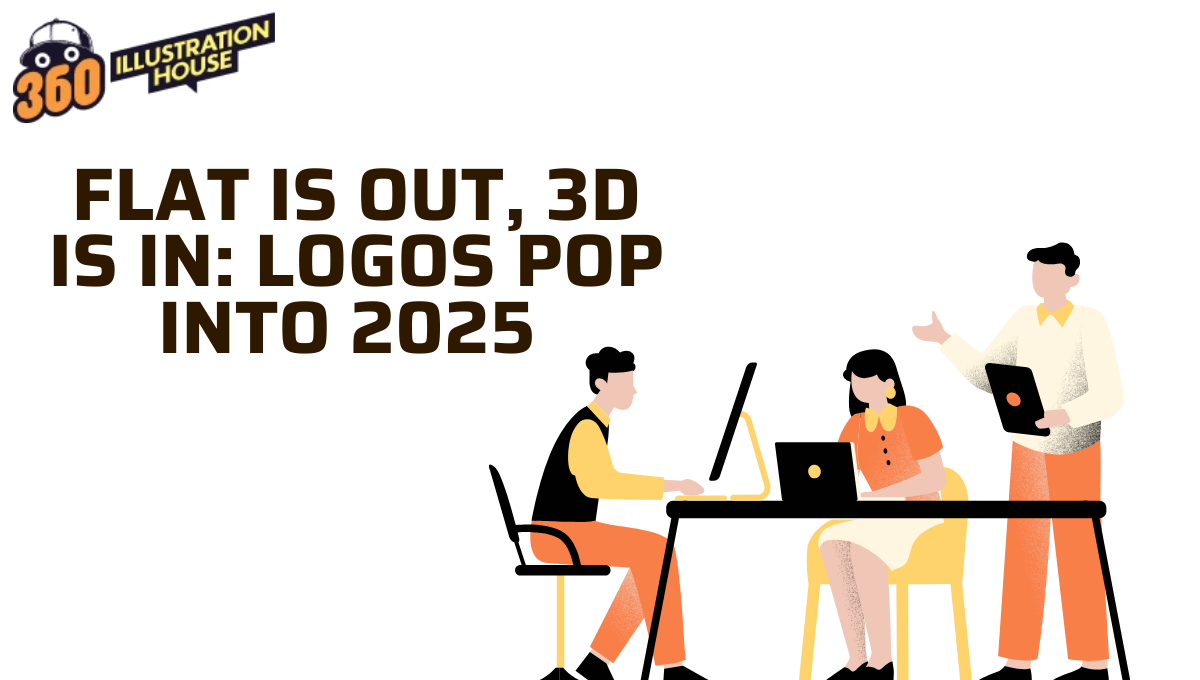
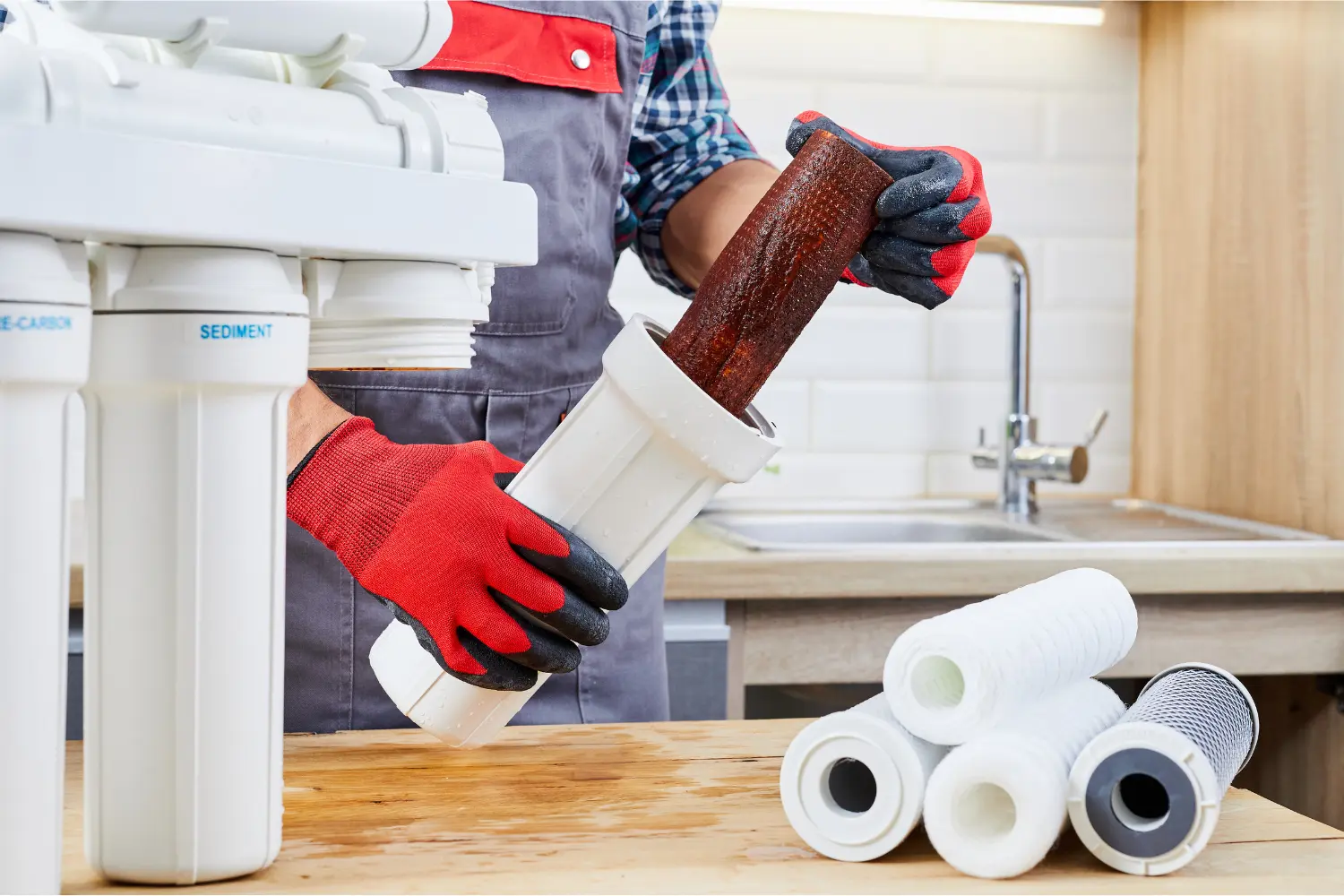

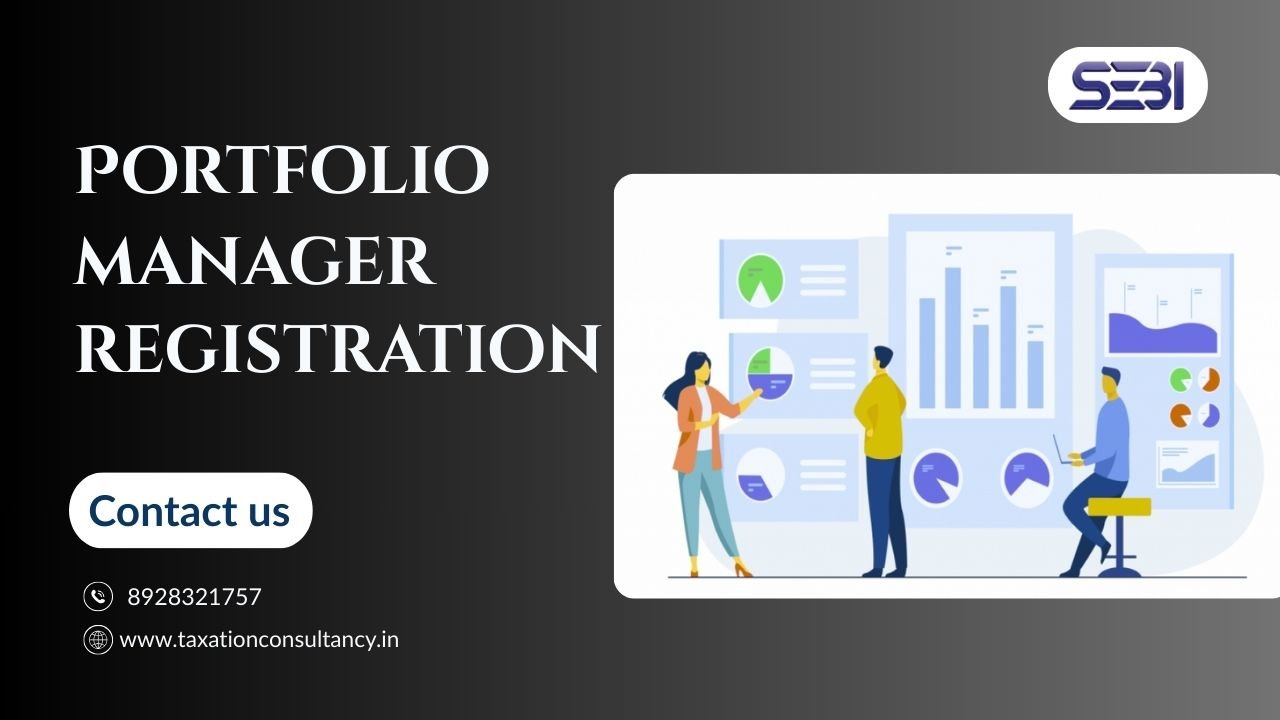

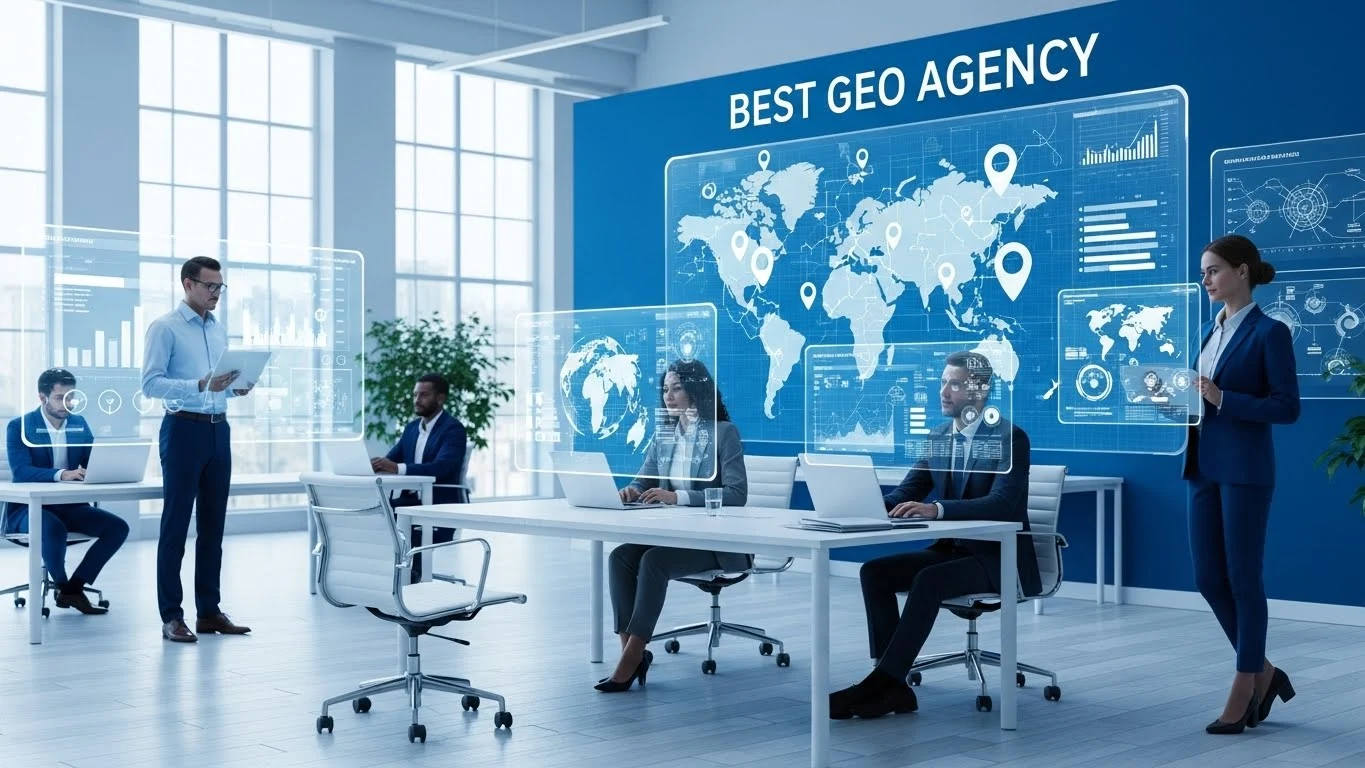
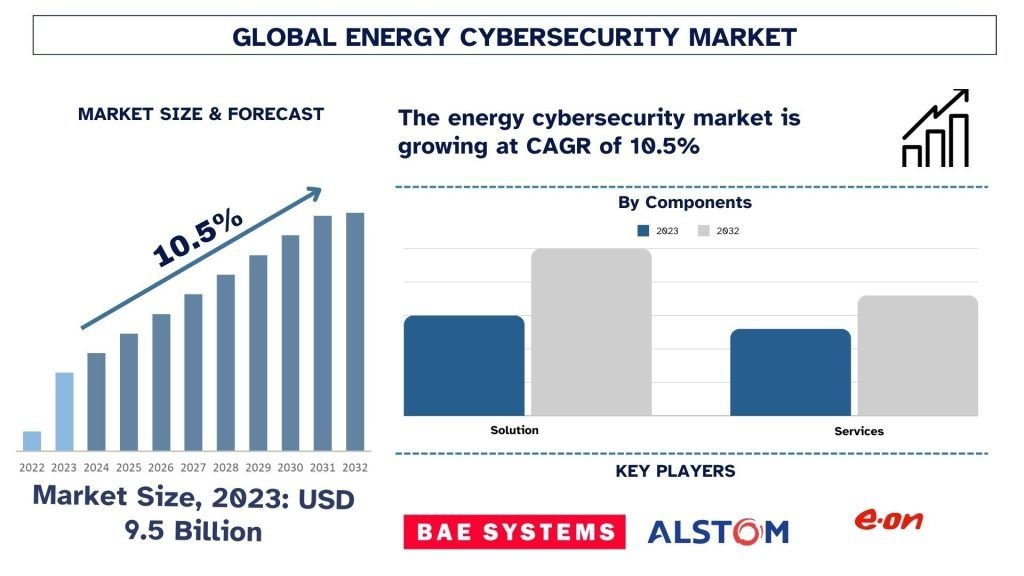
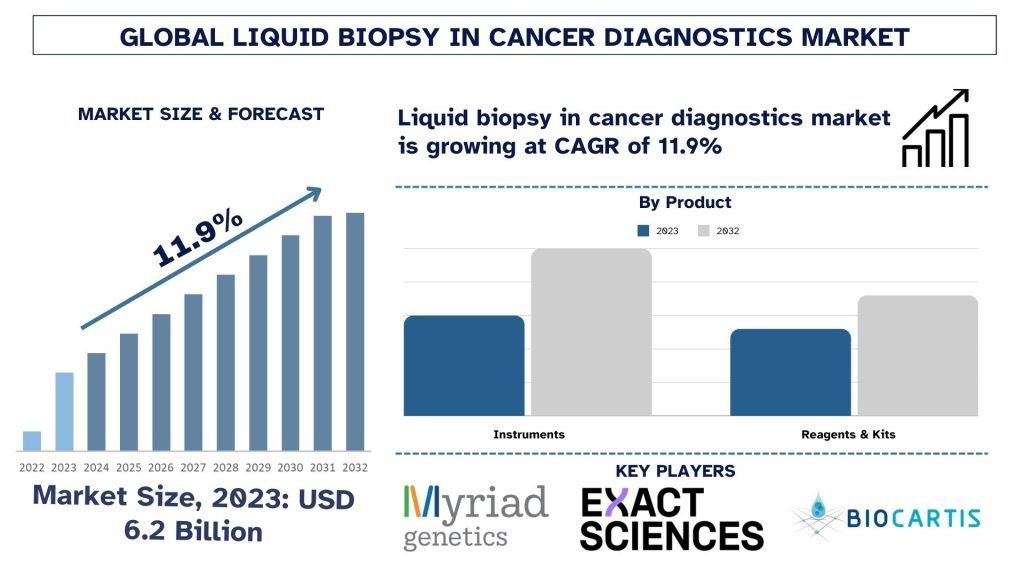
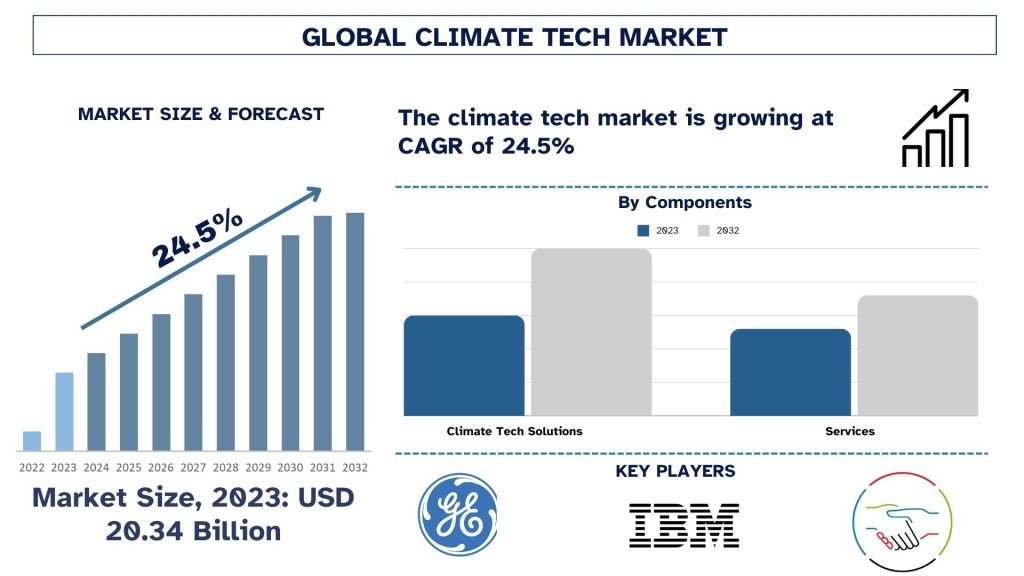
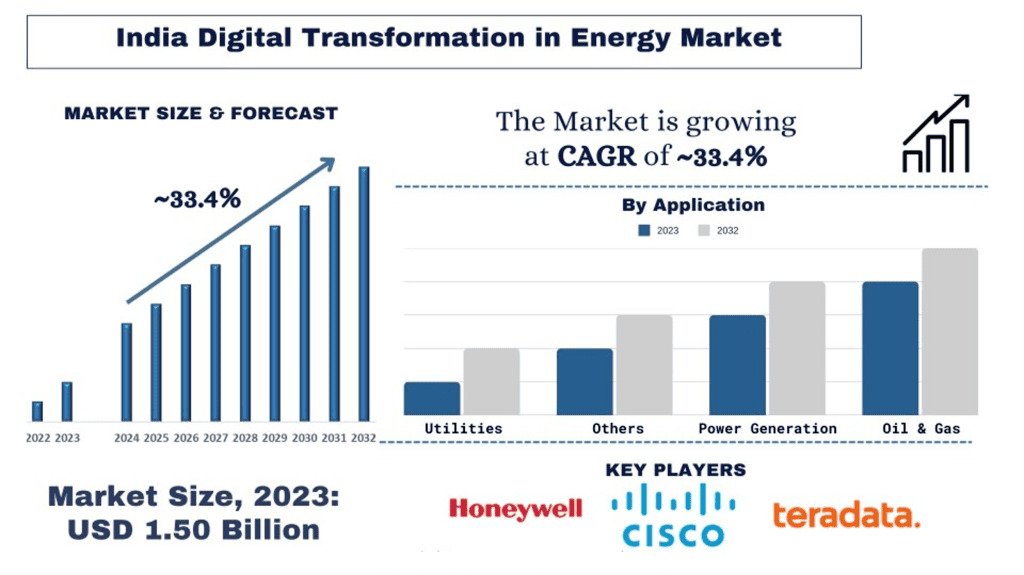

Leave a Reply